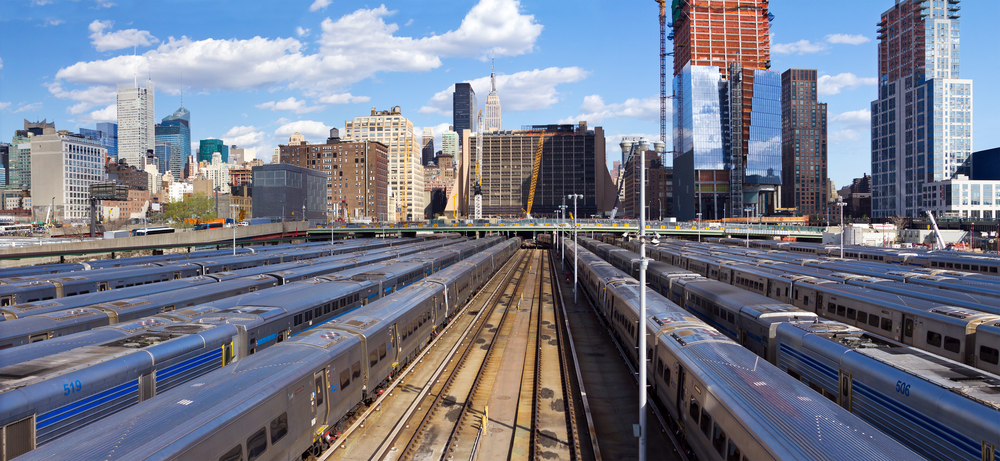Railroad and subway workers have a dangerous job. Like any other job that involves manual labor, workers in these fields are at risk of being pinned between objects, falling, and being injured by heavy machinery while working in exhausting, sometimes extremely hot or cold environments.
Railroad and subway workers are unique among American workers in that they are not covered by Workers’ Compensation laws, but by an industry-specific law known as the Federal Employers Liability Act (FELA). If a railway worker is injured on the job, he or she must seek compensation through a FELA claim, which is different from a Workers’ Compensation claim. Below are a few of the common hazards railway workers face on the job.
Heavy Machinery Accidents
On a subway or train line, many different types of heavy machinery are in use. These include power tools and the train cars themselves as well as road switchers, yard switchers, and ballast tampers and regulators. An impact with a malfunctioning piece of equipment or being pinned between a piece of equipment and another or a stationary object can cause severe injuries, such as broken limbs, burns, and cuts.
Toxic and Flammable Cargo
Sometimes, injuries occur through contact with the dangerous cargo aboard train cars. Freight trains can carry toxic substances and materials like lead and certain chemicals. Flammable cargo also requires special care because a blaze aboard a train car can severely burn a worker, potentially disabling or killing him or her.
Moving Engines and Train Cars
Train and subway cars are heavy vehicles. When a train’s brakes fail, it can collide with workers on the track, other trains, and stationary objects.
Train mechanics also face the risk of becoming entangled with a moving engine or injured by a projectile part or debris while working on an engine. Although work should not occur unless engines are shut off, miscommunication and other errors can expose mechanics dangerously closely to moving engines and other parts.
Which Rail Yards are Most Dangerous for Workers?
Certain rail yards have a greater incidence of worker injuries than others. One example is the Mosholu Train Yard in the Bronx, which was closed in April after union representatives determined that the falling concrete pieces were too dangerous for workers and that the Metropolitan Transportation Authority’s (MTA) solution, helmets for the workers, was not sufficient to protect them from injuries. Impact between the skull and a hard piece of concrete can lead to a serious traumatic brain injury, which can have permanent complications for the victim.
Work with an Experienced Fela Injury Lawyer
If you are a railway worker who has been injured on the job, you cannot follow the same Workers’ Compensation process that workers in other industries follow to seek compensation for medical bills and lost wages. You need to file a FELA claim and you are advised to work with an experienced FELA lawyer who can act as your advocate through each stage of the process. Contact our team at Grant & Longworth, Attorneys at Law today to set up your initial consultation in our office.

Recent Comments